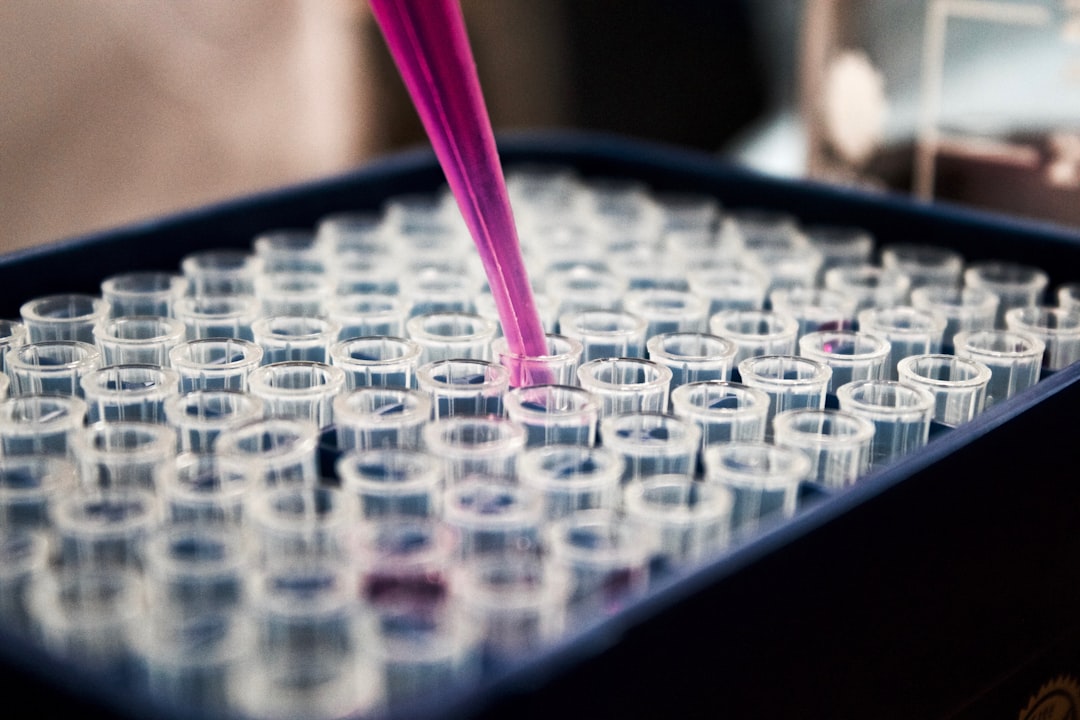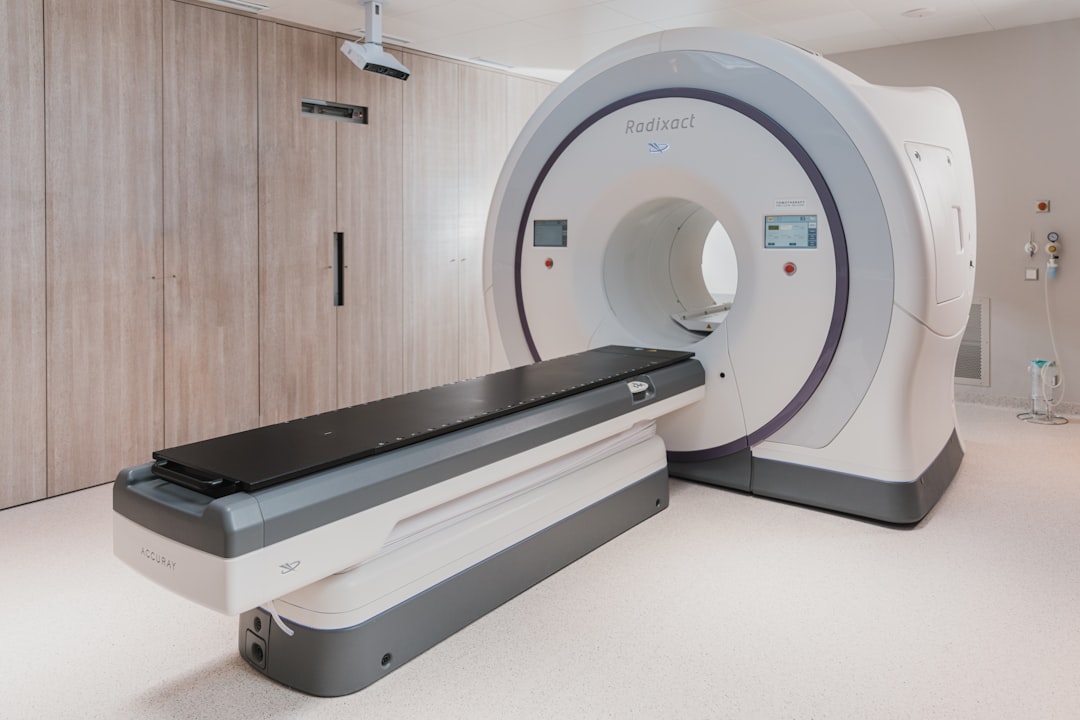What is it about?
All of us constantly make small predictions, for example when we cross the road. Amazingly, experiments have revealed that even simple organisms such as E. coli bacteria are able to predict changes in their environment, and that this capacity allows them to grow faster. This implies that billions of years of evolution might have driven these cells to become very good at prediction. Yet, how accurately they can really predict future environmental changes remains unknown. Fundamentally, the ability of any system to predict the future, be it a human, a robot, or a bacterium, is limited by the information it has collected from the past. This constitutes a universal upper bound on prediction accuracy. Using existing experimental data, we show that E. coli cells are far below this upper bound. This is surprising, because if prediction can yield a growth benefit, shouldn't these cells do everything in their power to predict better? To resolve this paradox, we investigated two questions: what is the predictive power of the collected information? And what does the information cost in terms of physical resources like proteins and energy? We find that the most recent information is not only the most predictive information, but also the costliest. To maximize prediction accuracy under a resource constraint, it can therefore be beneficial to collect information that is less predictive but cheaper to obtain: the price-to-quality ratio of this information is better. Indeed, this is the strategy E. coli employs, and it maximizes the prediction accuracy in environments dominated by erratic fluctuations. This shows that the price of information plays an important role for simple bacteria such as E. coli, especially in erratic environments.
Featured Image

Photo by Drew Beamer on Unsplash
Why is it important?
The identified principle, namely that systems have to make a trade-off between the predictive value of information and the price of the information, extends well beyond just E. coli. The developed theory does not only improve our understanding of current biological systems but can, for example, also be used to design efficient robots with minimal energy consumption.
Perspectives
So far, bounds on predictive information have been studied using information-compression constraints. Yet, while information is a resource, the principal resources that have a direct cost are time, building blocks and energy. Using relatively straightforward modelling techniques, we show that the latter is what cells really care about. I hope this work will motivate more people to search for the stuff that cells care about, as I ultimately belief that to better understand biological behaviour, we must first understand what the relevant constraints are.
Age Tjalma
AMOLF
Read the Original
This page is a summary of: Trade-offs between cost and information in cellular prediction, Proceedings of the National Academy of Sciences, October 2023, Proceedings of the National Academy of Sciences,
DOI: 10.1073/pnas.2303078120.
You can read the full text:
Resources
Contributors
The following have contributed to this page










